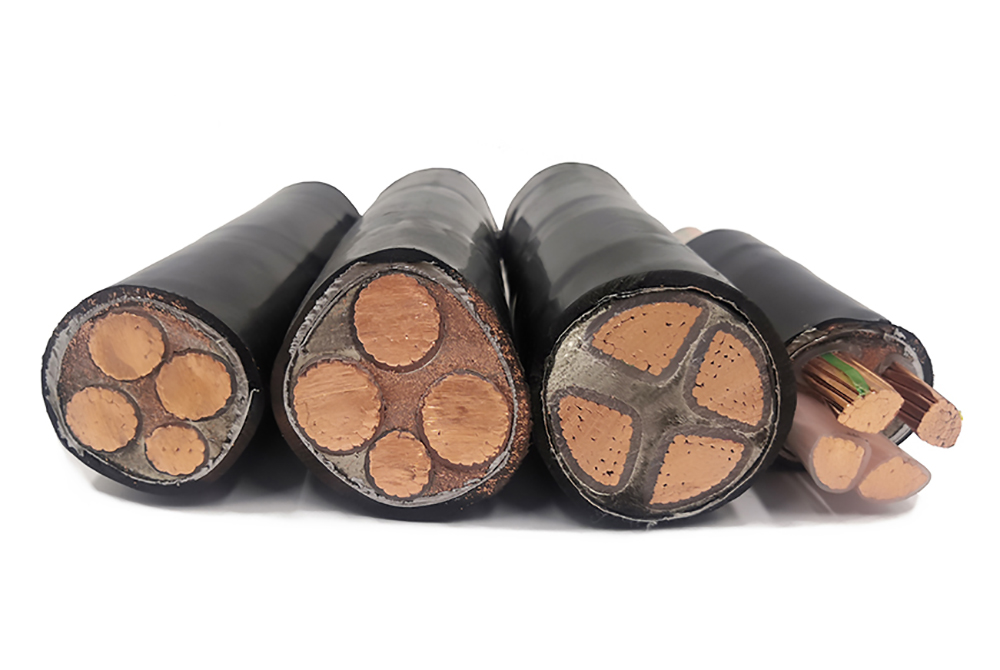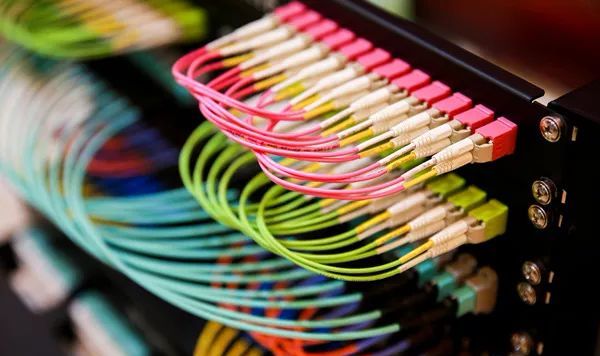Cable sheath is the outermost layer of cable, which is the most important barrier to protect the safety of internal structure in the cable, and protects the cable from mechanical damage during and after installation. Cable sheath is not intended to replace the reinforcement armor inside the cable, but they can provide a fairly high level but limited means of protection. In addition, the cable jacket also provides protection from moisture, chemistry, ultraviolet and ozone. So what materials do the cable sheath have?
PART1.
Cable sheath material: PVC
Cable material is a kind of particle prepared by mixing and extrusion with PVC Cable as the base resin, adding stabilizer, plasticizer, inorganic filler, auxiliary agent and lubricant, etc.
PVC can be prepared to be used in various environments and applications. It is low cost, flexible, quite solid and has fire / oil resistant materials.
But this kind of material contains harmful substances to environment and human body, and there are many problems in application in special environment. With the enhancement of people’s environmental awareness and the improvement of material performance requirements, higher requirements for PVC materials are put forward.

PART2.
Cable sheath material: PE
Polyethylene is widely used as the coating material for wire and cable due to its excellent electrical insulation and good processing performance, and it is mainly used in the insulation layer and sheath layer of the wire and cable.
Excellent electrical performance and high insulation resistance. Polyethylene can be hard and very hard, but LDPE is more flexible and moisture-proof. The PE prepared properly has excellent weather resistance.
The linear molecular structure of polyethylene makes it very easy to deform at high temperature. Therefore, in the application of PE in wire and cable industry, polyethylene is often made into a mesh structure by cross-linking, which makes it have strong deformation resistance at high temperature.
XLPE and PVC are used in the insulation of wires and cables, but XLPE wires and cables are more environmentally friendly than PVC wires and cables, and they have better performance.
PART3.
Cable sheath material: pur
Pur cable is one of the cables. Pur cable has the advantages of oil resistance and wear resistance, while PVC is made of ordinary materials. In the cable industry in the past few years, polyurethane has become increasingly important. At a certain temperature, the mechanical properties of the material are similar to rubber, and TPE thermoplastic elastomer is obtained by the combination of thermoplastic and elasticity.
It is widely used in industrial machinery equipment, transmission and transmission control system, various industrial sensors, detection instruments, electronic instruments, household appliances, electromechanical, kitchen and other equipment, and is used for power supply and signal connection in the environment of harsh oil prevention and other occasions.
PART4.
Cable sheath material: tpe/tpr
Thermoplastic elastomers have excellent low temperature properties without the cost of funds for thermosetting materials. It has good chemical and oil resistance and is very flexible. Good wear resistance and surface texture, but not as strong as pur.
PART5.
Cable sheath material: TPU
Polyurethane cable refers to the cable using polyurethane as insulation or sheath. Its super wear resistance refers to the super wear resistance of cable sheath and insulation layer. Polyurethane materials used in cables are generally called TPU, and are thermoplastic polyurethane elastomers. TPU is not only characterized by high wear resistance, high tension, high tensile force, toughness and aging resistance, but also a mature environmental protection material.
The application fields of polyurethane sheathed cable include marine application cable, industrial robot and manipulator cable, port machinery and gantry crane drum cable, and mine engineering machinery cable.
PART6.
Cable sheath material: Thermoplastics CPE
Chlorinated polyethylene (CPE) is usually used in very bad environments. It has the characteristics of light weight, very hard, low friction coefficient, good oil resistance, good water resistance, excellent chemical resistance and UV resistance, low cost.
PART7.
Cable sheath material: Ceramic silicone rubber
The ceramic silicone rubber has excellent fire resistance, flame retardant, low smoke, non-toxic and other characteristics. The extrusion molding process is simple. The residual after combustion is a hard ceramic shell, and the hard shell does not melt and drop in the fire environment. It can be tested by the integrity test of the circuit under 950 ℃ -1000 ℃ in gb/t19216.21-2003, It is suitable for any place that needs fire protection, and it can protect the power transmission smoothly under fire conditions.
Ceramic silicone rubber products have no special requirements for equipment, and the processing process is simple. The traditional silicone rubber processing equipment can be used to realize production. Compared with the current production process of fire-resistant wires and cables, the production efficiency is higher, and the production energy consumption can be reduced and cost can be reduced.

The above is the content of cable sheath material. In fact, there are many kinds of cable sheath. In the selection of cable sheath raw materials, the compatibility of connectors and the adaptability to the environment should be considered. For example, extremely cold environments may require cable jackets that remain flexible at very low temperatures.
